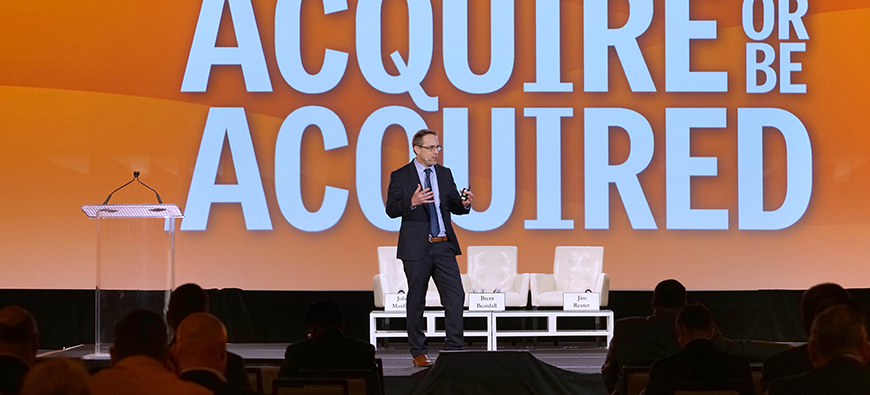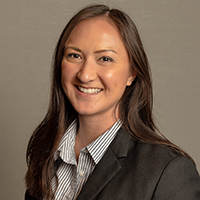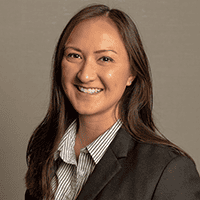
When the Earnings Get Tough, the Mergers Get ‘Strategic’
Pressure on earnings and a continued evolution in bank operations could give rise to more “strategic mergers,” according to presenters during the first two days of Bank Director’s 2020 Acquire or Be Acquired Conference.
Deal activity, specifically “strategic mergers,” could accelerate in 2020 because of slowing growth and continued momentum in the space, say presenters ranging from the heads of investment banks to CEOs who had undertaken or announced their own transformational mergers. Factors like declining interest rates and a decreasing number of potential partners could motivate executives to look to acquisitions to leverage capital, add growth or find scale and efficiencies.
Community banks across the country are grappling with the realization that superregionals like BB&T Corp. and SunTrust Banks decided last year to combine to form Truist Financial in a bid for scale – and what those decisions mean for their own prospects, says Gary Bronstein, a partner at Kilpatrick Townsend & Stockton. In a nonscientific, real-time poll conducted during one session, 48% of respondents believe their bank will be an acquirer during the year, with a plurality seeking to either acquire core deposits or gain scale.
One reason could be that loan growth among small and mid-cap banks has been slowing since 2015, says Keefe, Bruyette & Woods President and CEO Tom Michaud. His firm is modeling no earnings per share growth for these banks in 2020 because of net interest margin compression. At the same time, banks’ net income has been bolstered by share repurchases: excluding buybacks, earnings per share would be lower by 6% in 2020, and log no growth in 2021.
Bigger banks have been thinking about how to achieve meaningful, strategic change that can jumpstart internal transformation and external results. Enter the “strategic merger,” Michaud says, which his firm defines as transactions where the target owns 25% or more of the pro-forma company. Many of these recent deals have been among regionals and were structured as mergers-of-equals, which helped define M&A activity in 2019.
“The MOEs are back. That was a popular method of consolidation in 2019, and I believe we’re going to see more of it,” he says. “It is the major theme as to how this industry is consolidating.”
Indeed, for the second year in a row, the conference coincided with an MOE announcement – this time, between Winter Haven, Florida-based CenterState Bank Corp and Columbia, South Carolina-based South State Corp. to form a Southeastern institution with $34 billion in assets.
The financial attractiveness of these deals is undeniable, say investment bankers and executives: the no-premium deals carry low dilution and quick tangible book value earn-back periods as well as double-digit earnings per share accretion and enviable returns on tangible common equity. The logic seemed to resonate with attendees: 61% of respondents during the nonscientific, real-time poll conducted during a session indicated they would consider an MOE during the year.
“These deals are being structured to make these companies more profitable … and to build better companies,” he says.
Michaud wasn’t the only presenter convinced that MOE interest and momentum will continue this year. Joe Berry, managing director and co-head of depositories investment banking at Keefe, Bruyette & Woods, points out the potential stock outperformance of certain MOEs and other strategic mergers, especially after they announce capital actions.
But recording the eye-popping results from a strategic merger only comes about after the “soft issues” are hammered out, Berry says. The MOE announcement between TCF Financial Corp. and Chemical Financial Corp., which occurred during the 2019 Acquire or Be Acquired conference, was motivated partially by a desire to achieve scale to serve larger credits, says David Provost, executive chairman at TCF Bank. The bank is now based in Detroit and has $45.7 billion post-merger. But first, executives needed to negotiate a “reverse divorce” to determine the new name and headquarters location.
“It then comes down to who gets the dog, and you both love the dog. That’s the CEO title,” he says. Deal filings indicated that Provost “was going take the dog for 18 months and then [President and CEO Craig Dahl] was going to take the dog. In the end, I decided to give up the dog and create $1 billion in value for shareholders.”
The MOE catalyst has not been limited to regional banks. Randy Greene, president and CEO of Richmond, Virginia-based Bay Banks of Virginia, says an MOE transformed his bank. The 2016 deal allowed two more-rural based banks to combine and move to a more-urban area; Bay Banks now has $1.1 billion in assets.
But bankers contemplating an MOE must also ensure that internal expansion doesn’t erode the strategic financial gains of the deal. BJ Losch, CFO at $43.3 billion First Horizon National Corp., says the bank is trying to “become bigger without becoming big” as part of its MOE with Lafayette, Louisiana-based IBERIABANK Corp.
An MOE allows a bank to “build Star Wars from an IT perspective, but then you become big -like the bigger banks that you want to be more nimble than,” he says.
The MOE spared Memphis, Tennessee-based First Horizon and IBERIA from needing an “upstream” buyer, says fellow panelist Daryl Byrd, IBERIA’s current president and CEO, who will serve as the pro forma bank’s executive chairman. The dearth of potential buyers has emerged as a competitive dynamic for institutions of all sizes, including the $31.7 billion bank.
“It’s a musical chair game and you don’t want to be left without a chair. And we recently lost two very big chairs,” he says.
Michaud points out that many of the companies involved in these strategic mergers are “really good banks in their own right,” deserving of their independence. These executives do not need to find a merger partner but believe the transactions’ defensive attributes will allow them to keep up with digital transformations and changes in the bank space down the road.
He says executives are asking, “‘If we don’t do this, what’s the industry going to look like in three to five years? How relevant are we going to be and how much are we going to … make sure our shareholders have a long-term play here?’”



